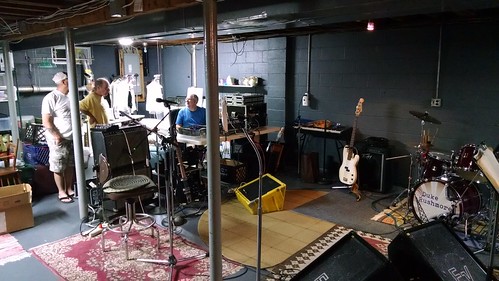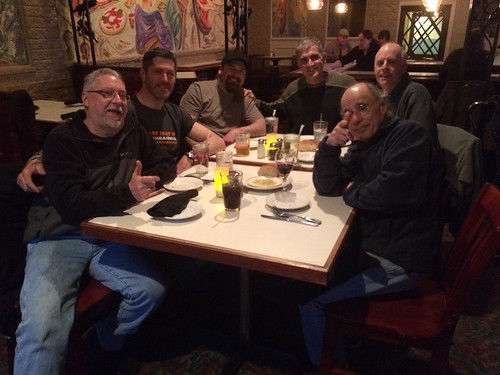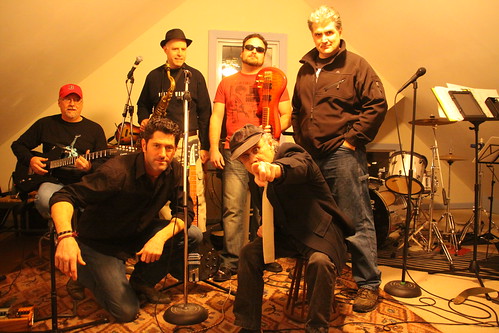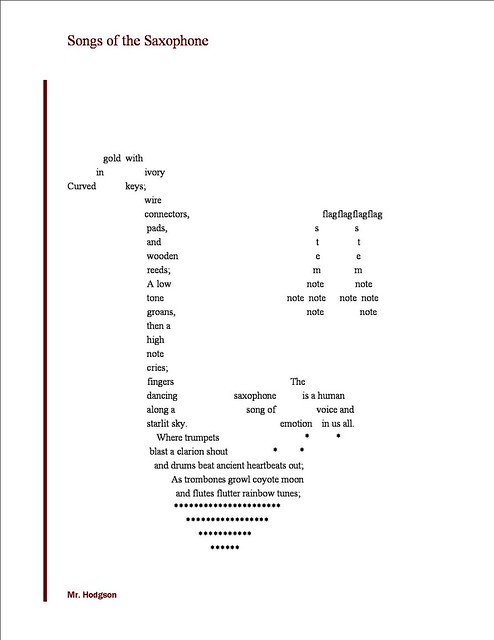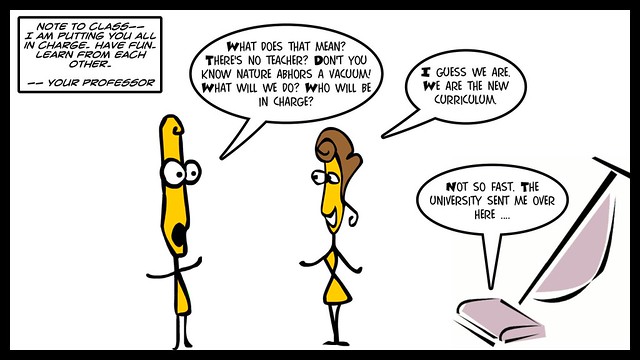
Terry Elliott asked an intriguing and rather pointed question yesterday (not surprising, if you know him) in the #Rhizo15 Twitter Stream: Forget the mumbojumbo theory about rhizomatic learning.
Where can rhizomatic learning be seen in practice?
Hmmm.
First, a definition, of sorts, by Dave Cormier:
The rhizome is stem of plant, like hops, ginger or Japanese bamboo, that helps the plant spread and reproduce. It responds and grows according to its environment, not straight upwards like a tree, but in a haphazard networked fashion. As a story for learning, it is messy, unstable and uncertain … The idea is to think of a classroom/community/network as an ecosystem in which each person is spreading their own understanding with the pieces the available in that ecosystem.
I tried to get at this question from another angle the other day, with mentions of Inquiry Projects in the K-12 setting, but heck, even then, the teacher sets some guidelines and scaffolds the way forward, if only with structure. Inquiry-based learning has some rhizomatic flavors, but may not be full and true rhizomatic learning.
I wondered about the Making Learning Connected MOOC and the Connected Courses. Nope. Both were/are deeply planned in many ways, and while the invitation is to go your own way, if you desire, they are also a contained unit (6 weeks or so).
But the creation of the Daily Connect, which replicated the Daily Create (see below) emerged from a discussion on Twitter and became a collaborative brainstorming idea around ways to keep people connected with short activities. That was rhizomatic.

I wondered about the RhizoRadio Play that a bunch of us created in the first week of Rhizomatic Learning, where a sketch of a skit on a blog post led to a global collaboration of writing and recording and publishing. Yep. That’s rhizomatic.
I started to think about the Headless DS106 course that I took last year (was it last year?) in which there seemed to be no real teacher and no real classroom. But even then, someone (Alan Levine, I think) was pulling the strings behind the screen … we had loose themes and loose tasks on a regular basis that sent us off into our own thing, like creating a DS106 radio show.
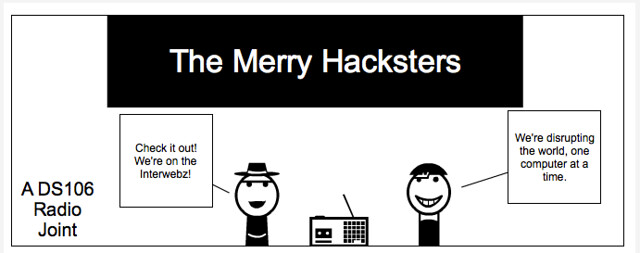
Ahhh, but this had me thinking DS106 and the Daily Creates. Each day, a new Daily Create is sent out and people can join in or not, share or not, connect or not. You follow your own path and your own inspiration, and can contribute ideas to future Daily Creates. You can access the entire library of Daily Creates online. And it never seems to end. The Daily Creates keep coming, day after day. I’m not sure we are teaching each other what we know, necessarily, but we are sharing what we have created in networked spaces, and inspiring imagination. I’d consider the Daily Create a rhizomatic learning activity.
So, that’s another one, perhaps.
Then I started to mull over how songs come to be adopted in the band (Duke Rushmore) that I play in. Sure, this is a non-traditional educational space — a rock and roll band — but we are always learning together. I am one of a few members who write songs for the band, and I always find bringing in a new song to the band to consider to be an interesting and challenging event.
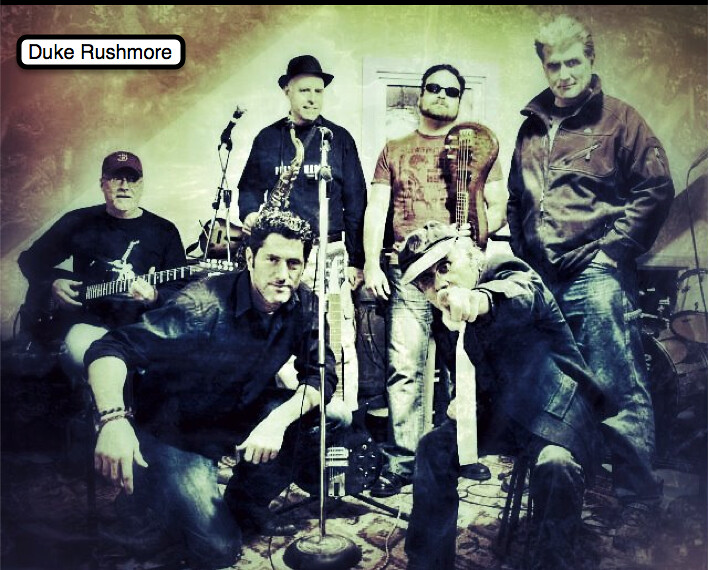
Just recently, another member has been working with a new song that he wrote. He had it all mapped out in his head — you play this, you play that, drums go like this, saxophone comes in here, vocals are inflected like this. He “heard” it. But reality was very different. We were all very hemmed in by his directions, and yet, we were respecting him as the artist with the vision. We tried. But. Something didn’t gel.
Then, two weeks ago, he gave up on us and almost on the song. He said, do you own thing. So, we sped the song up and began to unshackle ourselves from his vision of the song. And you know what? Over an hour or so, we began to collectively remake the song into a shared vision of music, and it was good. There was life to it. We all had a hand in the song’s re-creation, and that is making all of the difference in the world.
That’s rhizomatic learning. The roots take hold.
Peace (in the mulling),
Kevin

